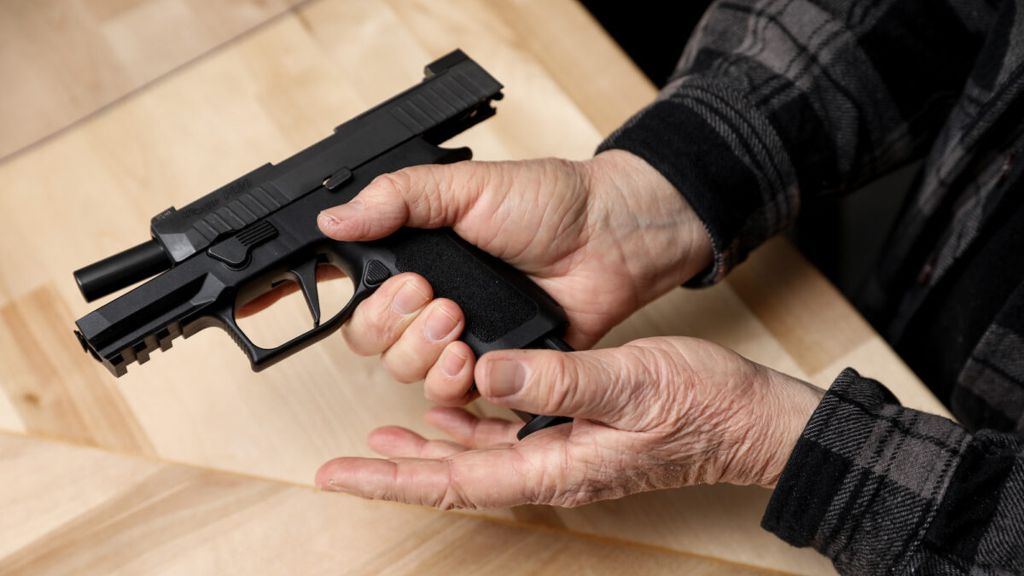On June 1, Arcadia’s city council for the second time delayed its decision on a “tiny shelter” proposal intended to relocate the city’s homeless, as the Los Angeles suburb struggles to deal with a growing homelessness issue.
In 2015, there were 22 homeless individuals recorded living in Arcadia, 13 of whom were sheltered in transitional housing. The number remained relatively unchanged in 2016. But by 2020, the homeless population had reached 117 people—an increase of over 500 percent. Of that, 106 were counted in Incorporated Arcadia and 11 in Unincorporated Arcadia.
Arcadia’s city council voted this February to submit a letter of intent examining the use of tiny shelters at the Peck Park access road site in search of solutions for the growing homeless population.
The project is intended to be a pilot program with a minimum of 15 shelters, food, restrooms, showers, case management, security, and other services, which would serve Arcadia’s homeless population. Initial funding is expected to come from grants, and city officials have communicated that no city funds would be used for the project. Residents were assured, “If the grant money ends, we would secure emergency housing for those in the tiny shelters, then close the facility.”
At the city council meeting, nearly 200 local residents held a rally in opposition to the proposal. The residents demanded that the city council drop the plan or suspend it indefinitely. They fear these “tiny homes” will attract unhoused individuals from neighboring regions. The concern is that this would increase the city’s homeless population, lead to unsafe neighborhoods, and add to the already existing deterioration in the city’s economy. Residents expect this to have a devastating effect on property values over the long term.
Arcadia is a wealthy majority-Asian suburb about 13 miles northeast of downtown Los Angeles in the San Gabriel Valley. According to U.S. Census data, it has more than 58,000 residents, over 60 percent of whom are Asian.
BY LINDA JIANG
Read Full Article on TheEpochTimes.com







